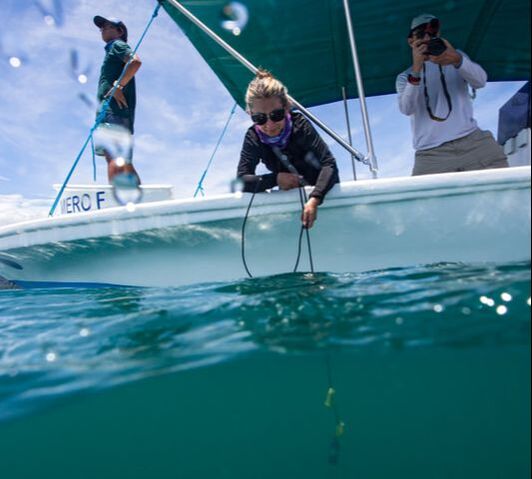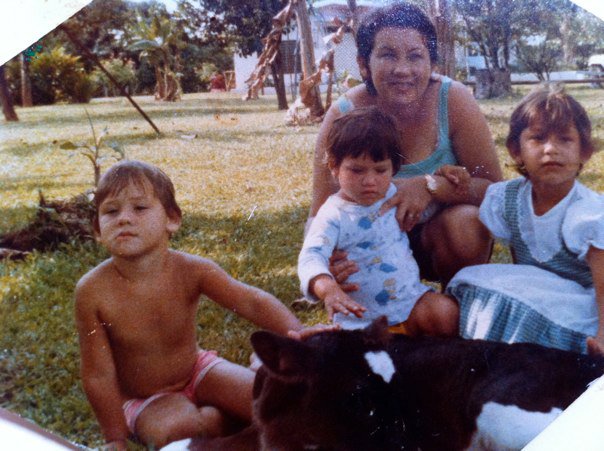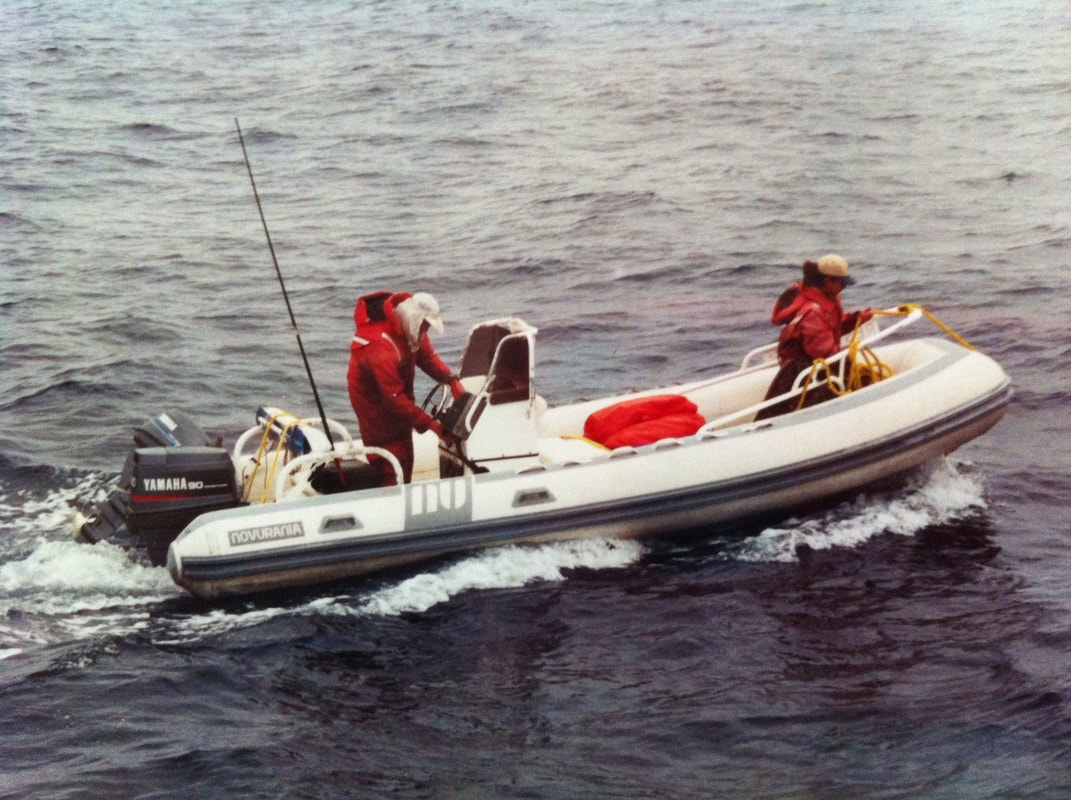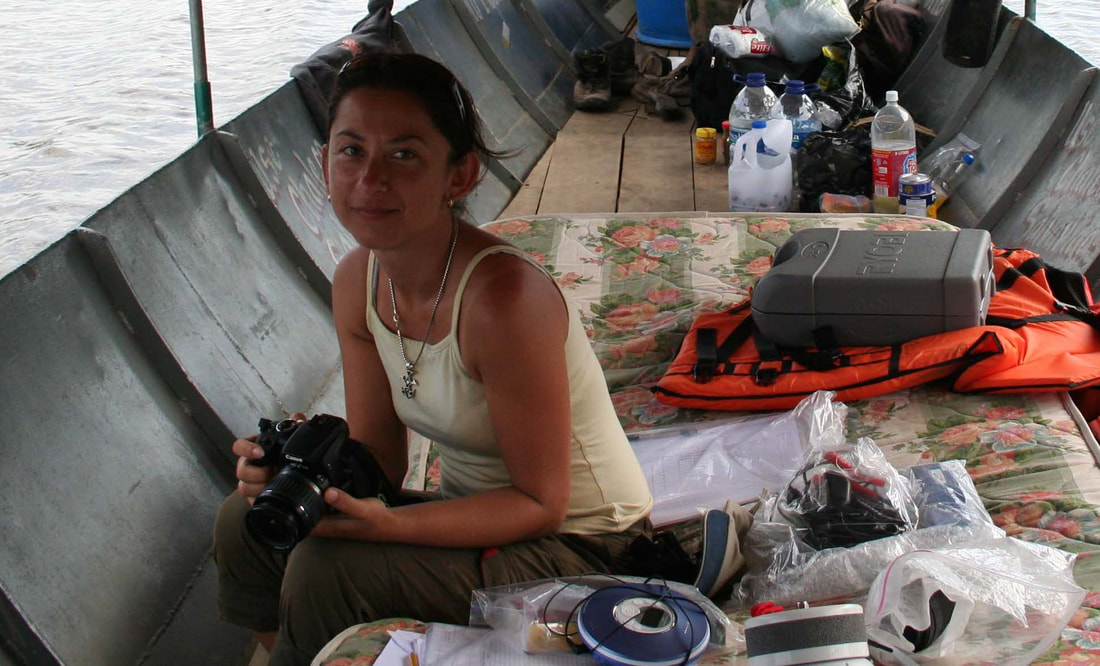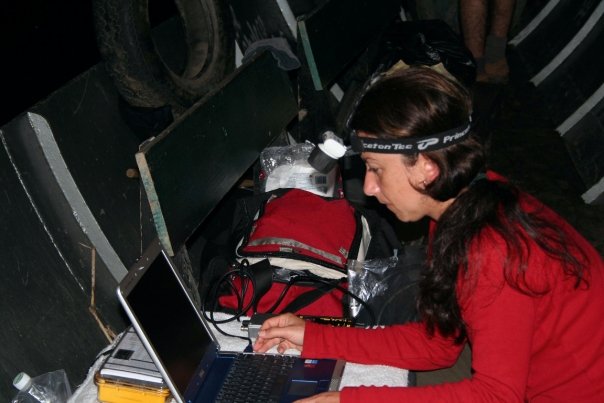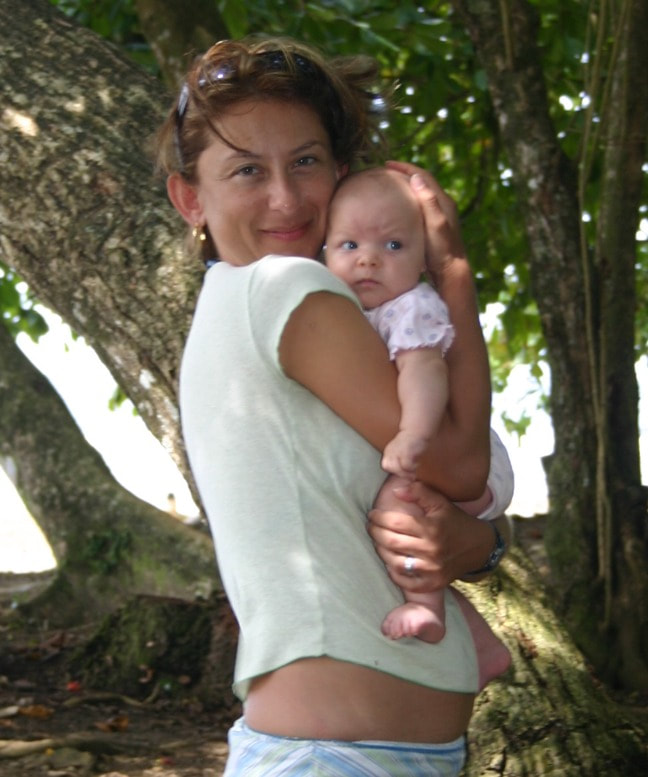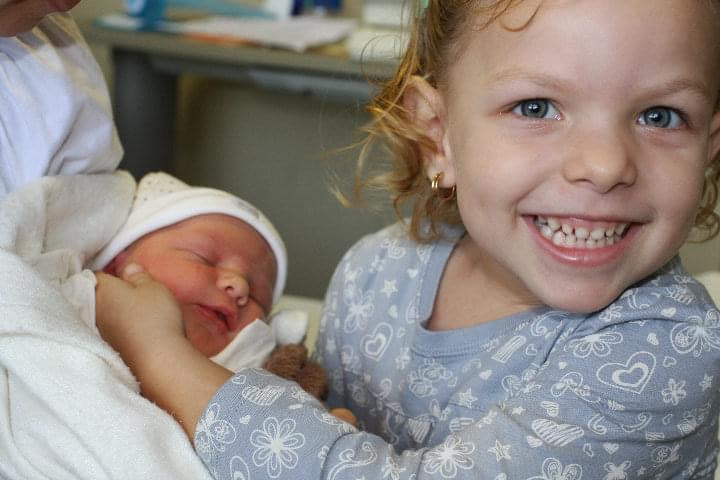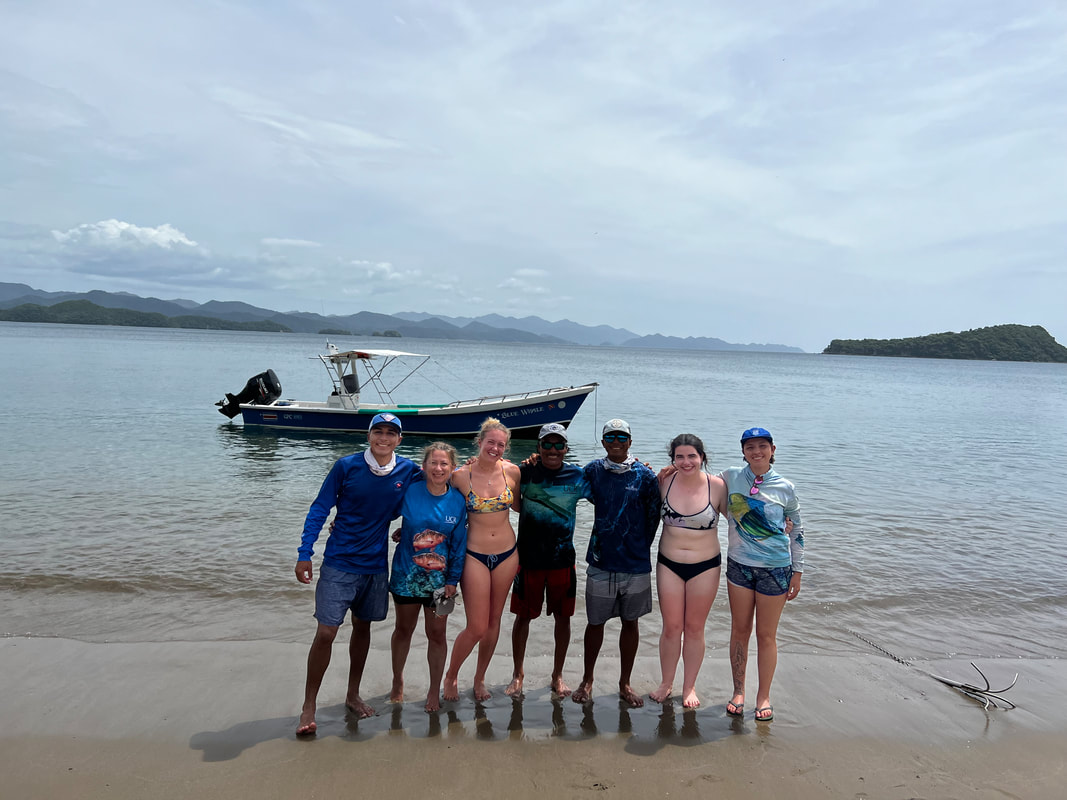"Science may be a career for some, but for most of us it is also a calling, a calling to uncover the beauty that lies hidden in the remarkable biology of organisms..." Dr. Leticia Aviles, Behavioral Ecology Scientist.
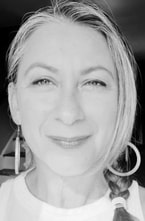
I am from the land of 'pura vida.' I was born in Palmar Sur, located on the south Pacific coast of Costa Rica, but I spent most of my childhood in the Caribbean before moving to the capital as a teenager.
I got my undergraduate and my masters degrees at the University of Costa Rica. For my masters I studied the ecology and behavior of coastal pantropical spotted dolphins in the North Pacific coast of Costa Rica, under the guidance of two amazing supervisors Dr. Alvaro Morales (University of Costa Rica/CIMAR) and Dr. Jaume Forcada (British Antarctic Survey). This thesis resulted in two publications: May-Collado and Morales, 2005 and May-Collado and Forcada 2012. I moved to Miami to work on my doctoral degree at Florida International University under the supervision of Dr. Douglas Wartzok, one of the most knowledgeable and kindest scientists I have ever met in my career. For my doctoral dissertation I studied the phylogenetic and ecological factors shaping the evolutionary history of cetacean acoustic communication. Topic that continues to be at the center of my research interests. Eight publications resulted from this work (May-Collado and Agnarsson 2006; May-Collado, Wartzok, and Agnarsson 2007a, 2007b; May-Collado and Wartzok 2007, 2008, 2009, 2010; May-Collado 2010). My first child was born at the end of my last doctoral year. I wouldn't have been able to complete my PhD without the support of my advisor and family. After completing my PhD, I took a year off to spend time with my kid. Unable to accept a position at the University of Costa Rica, I took a job as a Lecturer at the University of Puerto Rico, where I later did my first Postdoc with Dr. Mitch Aide at the ARBIMON initiative now own by RFCx.org. This has been one of the most rewarding opportunities of my career. Mitch is not only a brilliant advisor and scientist, but also a caring and supportive supervisor and friend. Although no publications came out of this work, Mitch and the ARBIMON team introduced me to a whole new world of acoustic technology and community based acoustic approaches, which I continue to use in my research. Working with Mitch gave me the opportunity to realize that dedicating time to hobbies, family, and personal caring is fundamental in the life of a scientists. Shortly after completing my postdoc, I had my second kid and moved to Vermont where I did a second postdoc at the University of Vermont (UVM). During this postdoc I learned molecular methods and phylogenetics using spiders and whip spiders as my subjects. This postdoc resulted in two collaborations one on spiders of the genus Anelosimus Luo et al. and another on Caribbean whip spiders Agnarsson et al., 2023 . Then in 2015 I started a position as a Lecturer at UVM and in 2021 I was offered a tenure track position at the Department of Biology at UVM. Together graduate and undergraduate students and I are learning new machine learning and AI computational approaches to characterize the acoustic repertoire of aquatic mammals, and in combination with phylogenetic methods our goal is to test hypothesis about their evolution. In 2006 I co-founded Panacetacea a non-profit organization that trains and supports local scientist in Central America. In 2019, I became an Associate Researcher at Smithsonian Tropical Research Institute in Panama, and I continue in that role to this day. In 2021 I became the first Central American marine mammologist to lead the Committee of Scientific Advisors of the Society for Marine Mammalogy, where my primary role is to administrate the Small Grants in Aid that supports young scientists worldwide. In 2022 I joined the Editorial board of the Latin American Journal for Marine Mammalogy. I have reviewed manuscripts for several journals including Current Biology, BMC Evolutionary Biology, Proceedings of the Royal Society B, Molecular Phylogenetics and Evolution, Systematic Biology, Marine Mammal Science, Journal of the Marine Biological Association of the United Kingdom, among others. My research has been featured in BBC Earth, NPR Science Friday, Scientific American, Eureka, and others. Since I was a kid, I have always been passionate about the natural world. What I love the most about science is that it keeps me grounded and humble. Everyday there is a realization of how much there is left to discover! My ultimate career goal is contributing to the growing knowledge of the evolution and role sound plays in the lives of animals, and through that knowledge connect people to nature in ways they can truly relate. |
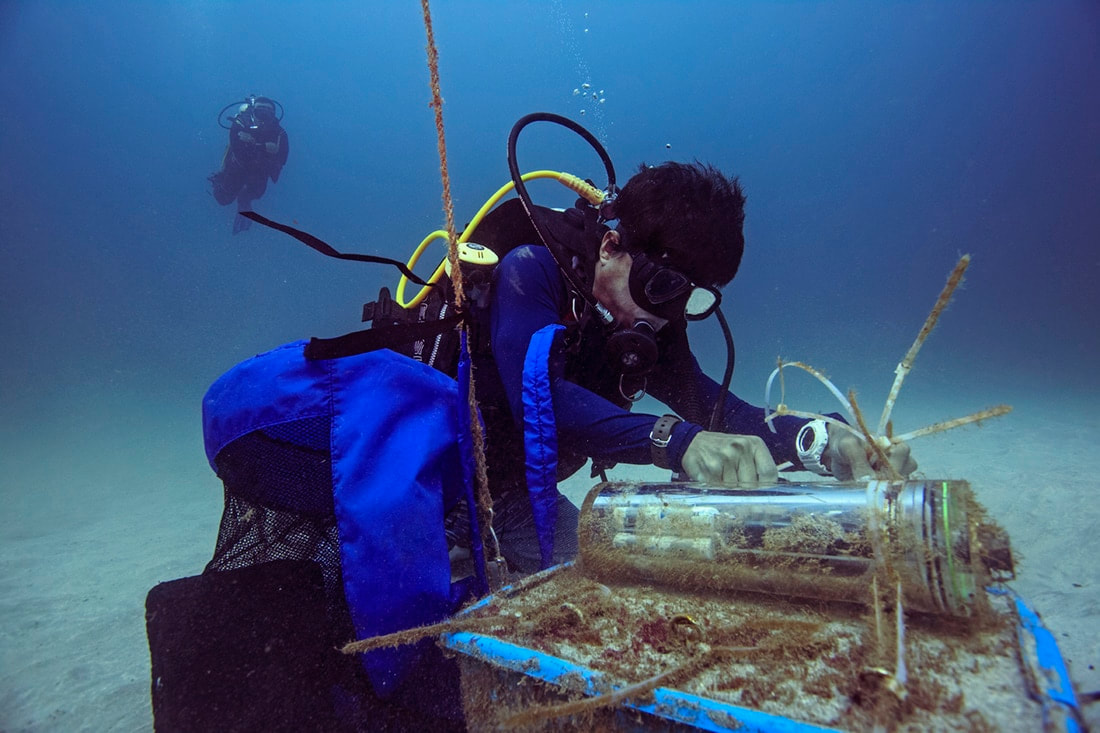 Colleague Jose David Palacios in Costa Rica recovering a RUDARmk2 a part of our ONDAS initiative Colleague Jose David Palacios in Costa Rica recovering a RUDARmk2 a part of our ONDAS initiative
|

